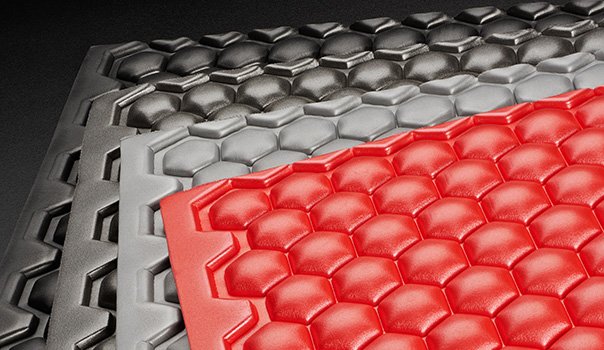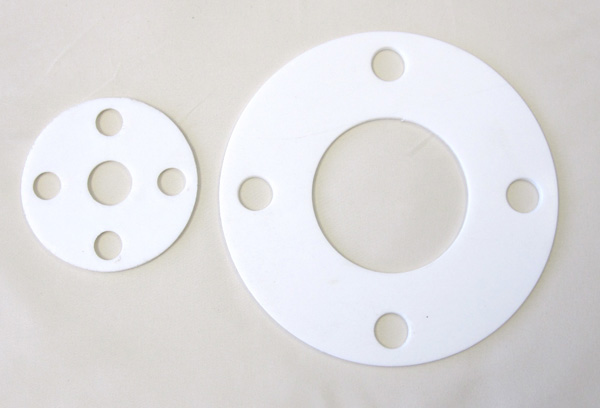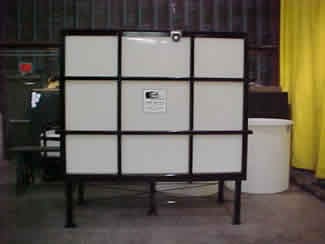Plastic products surround us in our everyday lives. A given plastic product could be the result of a large number of different, complicated supply chains. There are two main points of origin for all plastic products: original petrochemical products development and non-synthetic-polymer-based plastic products development. In other words, plastics are typically divided into two categories based on their composition: synthetic and non-synthetic.
Plastics composed of synthetic polymers are products of petrochemical development. This means that these plastics are byproducts of oil and natural gas extraction, and they are processed from oil or natural gas sources. Examples of these materials include some polyesters, polystyrene, polyethylene and vinyl, all very common and widely used plastic varieties. Because the global petrochemical extraction and refinement infrastructure is so developed, synthetic plastics have become inexpensive and widely available. This makes them attractive choices for manufacturers. Also, especially in recent years, methods for recycling synthetic plastics have been developed that reduce the need for the creation of new raw plastic, and this has modestly increased the sustainability of synthetic plastic use.
You can probably see how concerns about sustainability could arise in reaction to the use of synthetic plastics, though. These concerns are based in the reality of the eventual end to the availability of petrochemicals, the negative environmental impact of petrochemical extraction for the purpose of synthetic plastic development and the poor biodegradability of synthetic plastics. Also, some studies have been conducted with the intent of determining the toxicity of synthetic plastic products to humans, though few have produced conclusive results that have been widely accepted by scientists and regulatory structures.
This brings us to the other main source of plastic products: non-synthetic sources. In response to the concerns related to the development of synthetic plastics, engineers have developed alternative solutions for the manufacture of new, raw plastic. These professionals have found that products that resemble synthetic plastics in terms of their physical properties and performance can be developed from non-petrochemical sources, including vegetable oils and fats, starches, cellulose and natural plant fibers. Non-synthetic plastics have been developed for use in the creation of disposable kitchenware, plastic bags and packaging as well as non-disposable electronic enclosures and textiles. The primary advantages to non-synthetic plastics are that they aren’t derived from petrochemicals and that some varieties are biodegradable.
Non-synthetic plastics aren’t without their drawbacks, though. Because the infrastructure for their creation isn’t as developed as that of synthetic polymers, non-synthetic plastics can be more expensive to produce. Also, non-synthetic plastics can’t always be recycled using the same equipment that recycles synthetic plastics. In fact, non-synthetic plastics can damage recycling equipment that isn’t designed for that purpose. Also, the biodegradability of non-synthetic plastic becomes moot if the material ends up in a landfill; biodegradation can’t happen in the absence of oxygen, and oxygen doesn’t reach most of the discarded, densely-packed materials in landfills.
Because of the finite nature of petrochemicals and the current limits of non-synthetic alternatives, industry, and indeed our economy, find themselves at a crossroads. Synthetic plastics are cheaper, and we’re still feeling the ripples of the recession from a few years ago, so the imperative to develop alternative plastic materials might seem small. Eventually, though, we’re going to expend our planet’s reserves of petrochemicals, and if we get all the way to that point without developing alternative sources for the products we need, it will be much harder to develop those alternatives under such stressful circumstances. At some point before that happens, it will take a combination of political will, innovative spirit and a lot of money to develop a permanent, sustainable alternative to synthetic plastics. As we’ve learned, we use plastics for everything. Eventually, we’ll have to find a solution the problem of sourcing the material. Let’s hope that solution presents itself sooner than later.
 Die Cutting
Die Cutting Foam Fabricating
Foam Fabricating Gaskets
Gaskets Plastic Fabrication
Plastic Fabrication Plastic Materials
Plastic Materials Rubber Extrusions
Rubber Extrusions Castings & Forgings
Castings & Forgings Bulk Material Handling
Bulk Material Handling Electrical & Electronic Components
Electrical & Electronic Components Flow Instrumentation
Flow Instrumentation Hardware
Hardware Material Handling Equipment
Material Handling Equipment Metal Cutting Services
Metal Cutting Services Metal Forming Services
Metal Forming Services Metal Suppliers
Metal Suppliers Motion Control Products
Motion Control Products Plant & Facility Equipment
Plant & Facility Equipment Plant & Facility Supplies
Plant & Facility Supplies Plastic Molding Processes
Plastic Molding Processes Pumps & Valves
Pumps & Valves Recycling Equipment
Recycling Equipment Rubber Products & Services
Rubber Products & Services